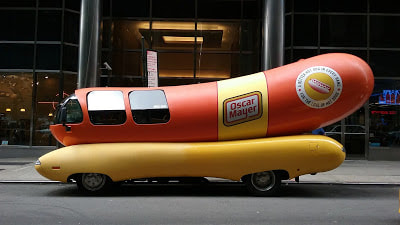|
If I had chosen a field related to medicine and public health, it should have been epidemiology. Detecting patterns, solving mysteries, analyzing maps, tracing history: What could be more fun?
People must always have noticed some diseases spread from person to person. The word quarantine comes from Italian for forty days, the time Venice made ships from infected ports sit at anchor before anyone got off. Romeo and Juliet could have had a happy ending if no one thought a house with the plague had to be boarded up. Collecting and mapping data has been a basic tool of epidemiology since the 1850s, when John Snow painstakingly traced a London cholera epidemic to one infected well. I highly recommend Steven Berlin Johnson’s engaging account, The Ghost Map. With the additional tool of genetic analysis, disease detectives can compare cases of an infection to determine the route it traveled. That’s how epidemiologists discovered coronavirus came to New York primarily from Europe, not China. Clues, suspects, red herrings—these sleuths have it all.
3 Comments
Down the road from my house, the luncheon meat smell has faded from Madison’s former Oscar Mayer plant. Armour and Swift were big names in Chicago, where I lived years ago. Meat packers spurred the growth of Milwaukee and gave Green Bay’s football team its name. To me, spikes of coronavirus in meat processing plants feel up close and personal.
Railroads used to carry livestock from the land-rich West to Chicago, Carl Sandburg’s “Hog Butcher for the World.” At the Union Stock Yards, immigrants from eastern Europe cut and packed pork and beef to ship east in refrigerated railroad cars. Upton Sinclair’s bestseller The Jungle (1906) exposed the horrors of Chicago’s assembly-line slaughterhouses. Public outcry led to the Meat Inspection Act and the Pure Food and Drug Act, but no change in worker conditions. Union organizing in the 1930s boosted wages and worker safety. For almost half a century, packing plants offered decent manufacturing jobs. However, refrigerated trucks freed the companies from a need to locate near railroad lines. Chicago’s stock yards closed in 1971. Dispersed rural sites allowed for lower pay and less union influence. To supplement local labor, employers recruited documented and undocumented immigrants. Wages plummeted. Rapid, repetitive, shoulder-to-shoulder work with sharp instruments was dangerous even in better times. For a perfect storm, add a virus that thrives in cool, damp, noisy spaces and threatens anyone less than six feet away. The only way to produce as much meat as Americans want is to endanger the workers who process it. The hero’s journey, defined by mythologist Joseph Campbell, is the archetypal story structure of most legends, films, and novels. Willing or not, the hero leaves the ordinary world for a strange and dangerous one, overcomes foes and challenges, and returns home transformed. Transformation happens because the hero must grow beyond old mindsets, habits, or beliefs to survive the quest.
We’re in the middle act of a hero’s journey now, thrust out of “normal” into an unfamiliar land of illness, job loss, fear, isolation, and grief. Though my dragons are relatively few, old patterns hold me back, like discomfort with technology or a penchant for family travel. I’m growing more tolerant of human error, more attentive to the here and now. Perhaps larger changes lie ahead. What transformations may unfold on your hero’s journey as you face the dragons of this strange time? I was five years old when my grandparents’ cottage burned down. A few years later, three feet of rainwater flooded our basement. All the photos, letters, and diaries lost to fire or flood held pieces of our lives, though their cash value was nil.
Amid campus unrest in the late 1960s, I made a sharp distinction between life and property. One day my stomach sank to hear of someone’s notes destroyed from fifteen years of research. It was only paper. It was also fifteen years of a life. The line between life and property no longer feels so clear. Yes, murder is more vile than theft. In a fire, save the cat before the heirloom. But the small business or family restaurant that took years to build up is more than bricks and mortar. It’s also years of the family’s life. Locke wrote governments exist to protect “life, liberty, and property.” For the Declaration of Independence, why did Jefferson make it “life, liberty, and the pursuit of happiness”? Some say he worried property might protect slaveholders. Some say he knew Locke meant more by property than land and goods. Property today goes beyond the holdings of the insured and the one percent. For some, it’s inextricably tangled up with liberty, pursuit of happiness, and life itself. |
AuthorI'm a historian who writes novels and literary nonfiction. My home base is Madison, Wisconsin. Archives
July 2024
|

 RSS Feed
RSS Feed